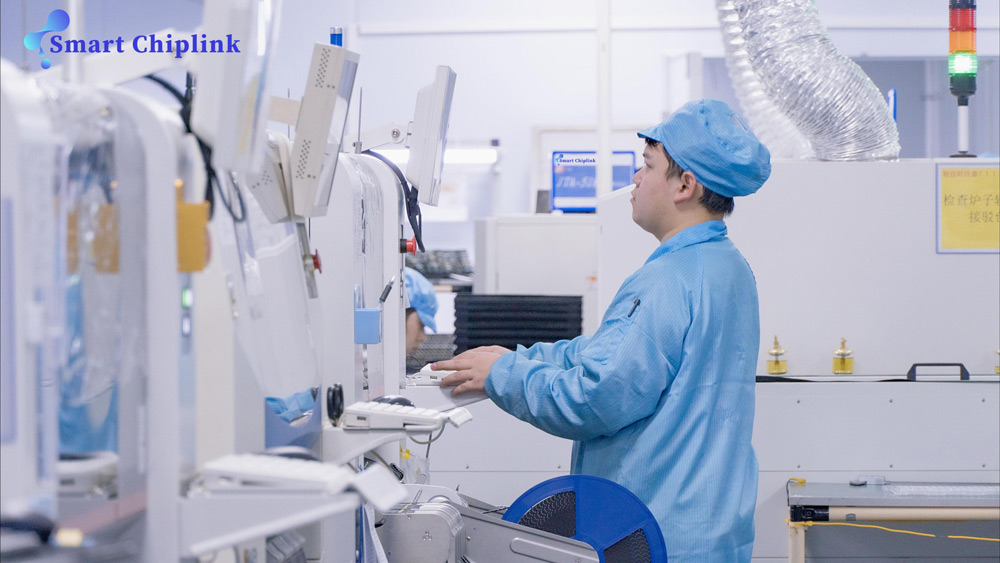In today’s rapidly advancing technological landscape, PCBs are the backbone of virtually every electronic device. From smartphones to medical equipment, PCs to industrial machinery, PCBs provide the foundational framework that connects and powers the electronic components we rely on daily.
Understanding the Basics of a PCB
A PCB is a thin, flat board made of non-conductive materials like fiberglass or plastic, upon which conductive pathways, or traces, are etched. These traces act as the wiring system that links various electronic components, such as resistors, capacitors, transistors, and integrated circuits (ICs). The design and layout of these pathways are meticulously crafted to ensure efficient and effective communication between components.
PCBs come in different forms, such as single-layer, double-layer, and multi-layer boards, depending on the complexity of the device they’re designed for. In more advanced applications, multi-layer boards are used to maximize the space for circuitry and reduce signal interference, a crucial factor in high-performance devices like computers and medical instruments.
The Manufacturing Process
The production of a PCB involves several key stages:
1. Design: Using specialized software, engineers create the schematic layout of the board, which dictates how components will connect and interact.
2. Etching: After the design is transferred to the board, excess copper is removed through a chemical process, leaving only the conductive traces.
3. Drilling and Plating: Holes are drilled in the board to accommodate component leads, which will be soldered into place. These holes are plated with conductive material to maintain electrical connectivity across layers.
4. Solder Mask Application: A solder mask is applied to protect the traces and prevent short circuits. The green color often associated with PCBs comes from this mask, although other colors can be used.
5. Component Placement and Soldering: Finally, the board is populated with electronic components, which are soldered to the conductive pads.
Applications of PCBs
The versatility of PCBs makes them indispensable across various industries:
Consumer Electronics: Smartphones, tablets, and laptops all rely on PCBs to function efficiently.
Medical Devices: Devices like MRI machines, pacemakers, and monitoring systems use PCBs to handle complex processes and ensure reliability.
Automotive Industry: From dashboard controls to engine management systems, PCBs are crucial for modern automotive electronics.
Industrial Equipment: Heavy machinery and automation systems utilize ruggedized PCBs capable of withstanding harsh environmental conditions.
Why Are PCBs So Important?
PCBs have revolutionized electronics by providing a compact, reliable, and cost-effective platform for circuits. Their ability to condense complex systems into small spaces makes modern gadgets portable and powerful. Without PCBs, the miniaturization of electronics we enjoy today would not be possible.
In addition to space efficiency, PCBs also enhance the durability and reliability of devices. The structured layout of traces reduces the risk of electrical failure and ensures a longer lifespan for electronic products. Moreover, the mass-production capability of PCBs has contributed to lowering manufacturing costs, making advanced technology more accessible.
In all, A PCB may seem like a simple green board, but its significance in modern technology is profound. It serves as the nervous system of all electronics, connecting components and enabling them to communicate effectively. As the world becomes increasingly digital and connected, the importance of PCBs in driving innovation and powering our everyday devices will only continue to grow.

 English
English




